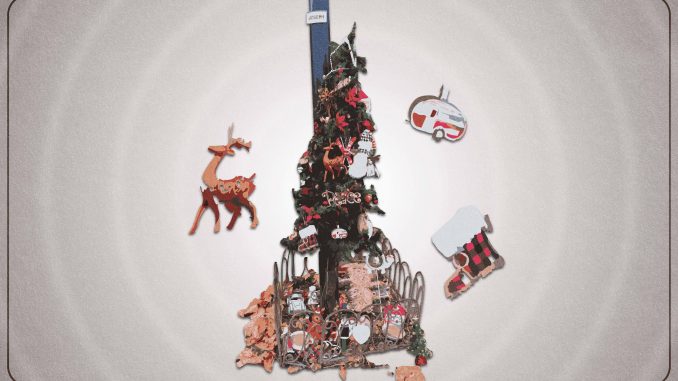
When I cook my breakfast each morning, I look outside my kitchen window and lock my eyes on the monument for “America’s Unknown Child.”
In 1957, the body of a young child was found lifeless, beaten and stuffed into a box in that very spot across the street. He was dubbed “The Boy in the Box” by the American media, remaining unnamed until 2022 when his identity was officially revealed to be Joseph August Zarelli.
I had lived in my home on Susquehanna Road for nearly a decade before Philadelphia officials decided to place a historical marker at the site where he was found in 2017. Since the monument was erected, strangers to my block have come in droves to pay their respects and spread their love to the spirit of a notoriously neglected boy.
Many choose to leave gifts — a spiritual offering of sorts — like stuffed animals, plastic cars and action figures. Others simply walk by exchanging words about the tragedy of the boy who was found beneath their feet.
It’s always been a strange feeling to live across the street from the site of such devastation, even if it was almost 70 years ago. I used to pick pine cones with my sister near where he was found, oblivious to the macabre site we were prancing through.
My sister and I always heard the story of the Boy in the Box and knew he was found somewhere near our house, but we expected the tragedy to have happened at least a few blocks away. It never occurred to us that it could’ve happened on the same grass we played in.
We were ignorant of the abhorrent history that occurred just outside our window. To our childhood selves, the greenery we ran through was just an open plain to run freely.
As I’ve grown older, it’s become impossible to ignore the tragedy. The marker is an anomaly in a long stretch of trees, forcing me to pay attention to it whenever I pass by. It’s a physical reminder of the violence that happened right outside our door.
When the parking spots on my street are all taken, I’m sometimes forced to park directly next to the Boy in the Box, which always makes me uneasy. Although it’s important to my neighborhood and our history, I don’t like to think about Joseph too much because his story is far too sad to be reminded of.
Constantly seeing the physical monument forces me to reckon with the dark side of humanity, which often feels suffocating. I’d like to revert to my childhood state where Joseph’s story felt like a distant calamity but I know it’s impossible.
But during the last few months people have started to leave things that make the historical marker less unbearably dark. Two specific additions completely changed my perspective.
As the base of the sign began to run out of room for offerings, people started to tie their gifts and messages to the pole holding up Joseph’s historical plaque. On the pole now were a Christmas tree and a chain adorned with a small Pennsylvania license plate with the boy’s name.
The first time I noticed the tree and the license plate, tears welled up in my eyes. I don’t know who put them there, but the simple fact that strangers cared that much for such a distant loss is the reminder I need. Maybe the love humanity shares is worth sticking around for.
In “Conspiracy Against the Human Race,” Thomas Lugotti writes about the human condition and nihilism. He writes, “Everything tears away at everything else…forever.” But on Susquehanna Road, the memory of Joseph pauses the carnage.
In a society I consistently find too vindictive to bear, the toys and childhood artifacts placed on the grass symbolize the enduring love that makes living worthwhile. At Joseph’s Historical Marker, that sadness ceases to exist and all that matters is the declarations of love for a boy who presumably lived without it.
The community’s love radiates from the rain-soaked stuffed animals like a beacon — a constant reminder of the love that lurks underneath the seemingly permanent vitriol.
The perpetrator is still unknown, as they have evaporated without a trace into the convoluted landscape of time. It feels like a distant fantasy that Philadelphia Police will be able to identify the person responsible for Joseph’s death, which makes the tale of the Boy in the Box all the more dejected.
So when I’m making eggs in the morning, or simply filling a glass of water at the sink and see the distant silhouette of the Christmas Tree at Joseph’s memorial, it reminds me of the love we all share and the promise of love in the distant future.


Be the first to comment